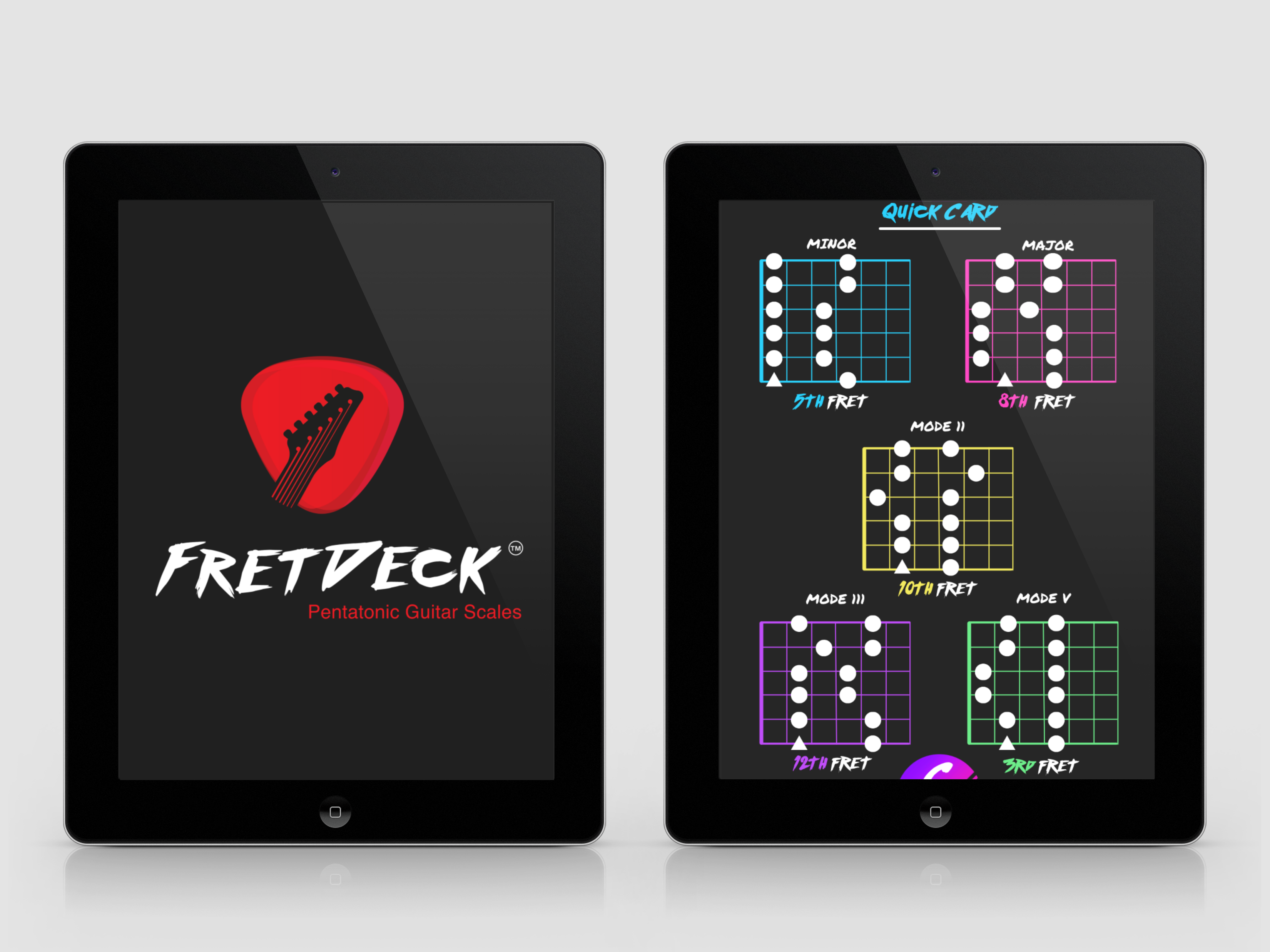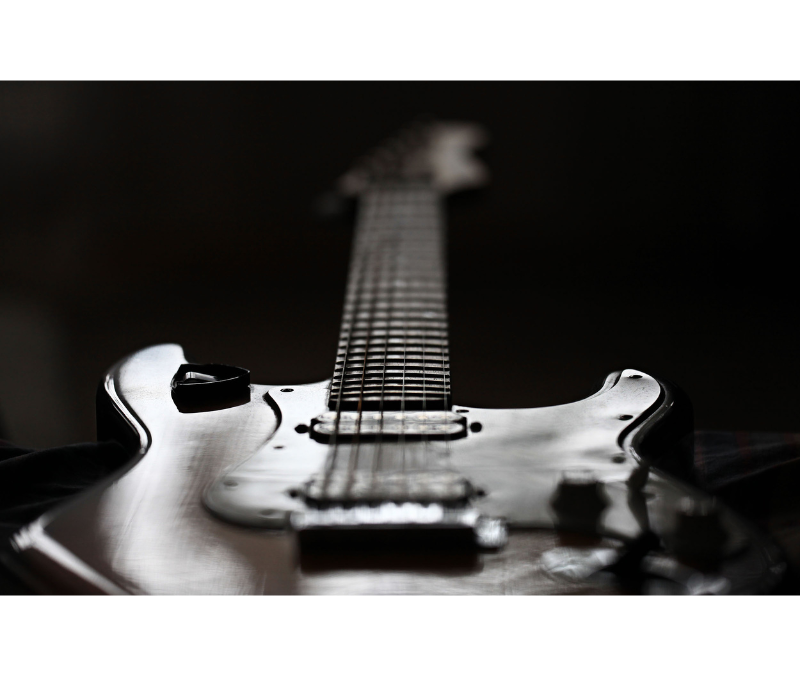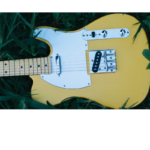The pentatonic scale is one of the most widely used and essential tools in a guitarist’s toolbox. Its simplicity and versatility make it a go-to for everything from blues to rock, jazz, and even metal. The scale can be found in the works of legendary guitarists, and mastering it is a significant step toward becoming a proficient guitarist. This post will explore the five pentatonic patterns, practice techniques of famous players, and how to incorporate the scale into your playing to unlock its full potential.
The Importance of the Pentatonic Scale
The pentatonic scale consists of five notes (hence the prefix “penta-“). In its most basic forms, the scale comes in two types: the major pentatonic and the minor pentatonic. The major pentatonic scale sounds bright and open, while the minor pentatonic has a more bluesy and melancholic feel. These five-note patterns are easy to grasp but incredibly powerful, making them essential for improvisation and riff creation across genres.
Famous guitarists like Jimi Hendrix, B.B. King, and Eric Clapton have built their solos around these scales, showing that even with fewer notes, one can create timeless music. So, whether you’re jamming with friends or playing a gig, mastering the pentatonic scale gives you the foundation to play fluently and creatively.

Download The FretDeck & Pentatonic Secrets Course!
Download Our Course
The 5 Pentatonic Patterns
To fully understand and master the pentatonic scale, it’s essential to learn all five positions or “boxes” on the guitar neck. These five patterns allow you to play the scale anywhere on the fretboard, giving you complete control over your solos and riffs.
1. Pattern 1: The Root Box
This is the first and most familiar box for many guitarists, often called the “minor pentatonic box” because of its shape and ease of use. It starts with the root note of the scale on the low E string. This pattern is the foundation for many legendary guitar solos.
For instance, Jimi Hendrix famously used this pattern in songs like “Voodoo Child” and “Red House.” His ability to mix simple pentatonic licks with expressive bends, slides, and hammer-ons turned this simple scale into a gateway to guitar mastery. Hendrix’s practice technique focused on experimentation, taking basic licks and developing them with phrasing and feel. He would often play in this box and move fluidly between positions to keep his solos dynamic.
2. Pattern 2: Connecting the Boxes
Pattern two connects seamlessly to pattern one and allows you to move up the neck. One of the techniques used by guitarists to master the pentatonic scale is practicing transitions between boxes. Players like Eric Clapton were known for smooth box transitions that made their solos sound effortless. Clapton would take this pattern and blend it with others, enabling him to stretch his solos across the fretboard without breaking the melodic flow.
To practice like Clapton, focus on sliding from one box into another while keeping the rhythm of your playing intact. Clapton would often practice with slow blues progressions, allowing him to carefully transition between pentatonic boxes while staying expressive and fluid.
3. Pattern 3: The Middle Range
This pattern sits comfortably in the middle of the fretboard and is a favorite among blues and rock players. B.B. King, known for his soulful vibrato and emotional note choices, often played in this pattern. King’s mastery of the pentatonic scale was all about expression. He would take his time with each note, emphasizing feeling over speed.
To practice like B.B. King, focus on perfecting your bending and vibrato technique within this pattern. The idea is not to play fast but to make every note count. You can start by playing the scale slowly and experimenting with adding bends on key notes.
4. Pattern 4: The Extension
Pattern four is another important piece of the puzzle, offering more reach as you work your way up the neck. Jimmy Page of Led Zeppelin used this pattern in songs like “Stairway to Heaven” and “Whole Lotta Love.” His practice involved blending pentatonic patterns with different techniques like pull-offs and hammer-ons, making his solos complex yet melodic.
Page’s mastery of the pentatonic scale was about mixing speed with precision. A key part of his practice technique was to incorporate bursts of speed in sections of his solos while staying melodic. To practice like Page, focus on adding pull-offs and hammer-ons in pattern four while maintaining control of your picking hand.
5. Pattern 5: Higher Ground
The final pentatonic pattern sits high on the neck, making it a great area for soaring, high-pitched solos. Many guitarists, including David Gilmour of Pink Floyd, favored this pattern for its ability to create ethereal, emotional solos. In “Comfortably Numb,” Gilmour used this pattern to create one of the most famous solos in rock history. His approach involved playing slowly but with extreme attention to phrasing, note choice, and dynamics.
To master this pattern like Gilmour, practice playing slowly and concentrate on bending notes to hit expressive targets. Pay attention to your phrasing, ensuring every note contributes to the musical story you’re telling.
Famous Guitarists’ Practice Techniques
Many legendary guitarists have unique methods for practicing and mastering the pentatonic scale. Incorporating these techniques into your routine will elevate your understanding of the scale.
1. Jimi Hendrix’s “Feel First” Approach
Hendrix believed in the importance of feel and emotion in every note. His practice routine often included jamming along with records and experimenting with variations of pentatonic licks. Hendrix’s signature practice was the use of double stops and unison bends within the pentatonic scale, adding texture to his playing. You can practice by jamming along to backing tracks and experimenting with phrasing and note bending.
2. Eric Clapton’s Slow Blues Workout
Clapton’s mastery of the pentatonic scale came from his deep love of the blues. His practice technique involved playing slow, expressive blues solos, concentrating on transitioning between pentatonic boxes smoothly. You can implement this by playing a slow blues progression and focusing on sliding between boxes, playing with expression rather than speed.
3. Joe Bonamassa’s Pattern Mastery
Modern guitar hero Joe Bonamassa emphasizes complete control over all five pentatonic patterns. His practice technique includes running through all the pentatonic positions, up and down the neck, ensuring fluid transitions. He also uses a metronome to gradually increase his speed while keeping his playing clean. A great exercise is to pick a backing track and run through all five pentatonic boxes, focusing on accuracy and speed.
Techniques for Mastering the Pentatonic Scale
The pentatonic scale is one of the easiest to learn but one of the hardest to master in terms of using it creatively. Here are some essential techniques to improve your mastery:
1. Play in All Keys
The pentatonic scale can be moved anywhere on the neck, so practice playing it in every key. Start with the root note on the low E string and move it across the fretboard. This will help you learn the guitar neck and improve your versatility.
2. Jam with Backing Tracks
The best way to develop your skills is by playing with backing tracks. Whether it’s blues, rock, or jazz, you can use pentatonic scales in various musical contexts. Try improvising using one pentatonic box at first, then add more boxes as you progress.
3. Use a Metronome
To develop your speed and precision, practice the pentatonic scale with a metronome. Start slow and gradually increase your speed, ensuring that every note is clean and clear.
4. Bend, Slide, and Hammer
The pentatonic scale becomes more interesting when you incorporate bends, slides, and hammer-ons. Practice bending the second and third notes in a scale and sliding from one box to another. This will give your playing a more expressive and dynamic feel.
Conclusion
Mastering the pentatonic scale opens the door to a world of musical expression. From Hendrix’s soulful bends to Clapton’s smooth transitions and Bonamassa’s pattern precision, guitar legends have shown us just how powerful these five simple notes can be. By practicing all five pentatonic patterns and incorporating the techniques of famous guitarists, you’ll elevate your playing and take full control of the fretboard.
Now, grab your guitar, start practicing these patterns, and soon you’ll be crafting solos with the same confidence and flair as the greats!

Download The FretDeck & Pentatonic Secrets Course!
Download Our Course










